
English Instructional Plan – Asking and Answering Questions in Fiction K-2
- Subject:
- English
- Reading
- Material Type:
- Lesson Plan
- Author:
- VDOE Project Team
- Date Added:
- 04/14/2022

English Instructional Plan – Asking and Answering Questions in Fiction K-2
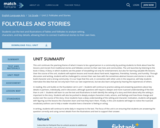
This unit continues the yearlong theme of what it means to be a good person in a community by pushing students to think about how the lessons and morals from traditional stories and folktales connect to their own lives and communities. The unit launches by listening to the book A Story, A Story, in which students see the power of storytelling not only for entertainment, but also for learning valuable life lessons. Over the course of the unit, students will explore lessons and morals about hard work, happiness, friendship, honesty, and humility. Through discussion and writing, students will be challenged to connect their own lives with the sometimes-abstract lessons and stories in order to build character and a strong community. It is our hope that this unit, in connection with other units in the sequence, will help students internalize the idea that we not only learn from our own experiences, but we also learn and grow by hearing the experiences of others.
In reading, this unit builds on the foundation set in unit 1. Students will continue to practice asking and answering questions about key details in partners, individually, and in discussion, although questions will require a deeper and more nuanced understanding of the text than in unit 1. Students will learn to use the text and illustrations to both identify the setting of a story and think about why the setting is important to the story. Students will also be pushed to deeply analyze characters traits, actions, and feelings and how those change and evolve over the course of the story. Once students have a deep understanding of the setting and character motivation, students will grapple with figuring out the lessons the characters learn and how they learn them. Finally, in this unit students will begin to notice the nuanced vocabulary authors use to help a reader visualize how a character is feeling or acting.
In writing, students will continue to write daily in response to the text. The focus of this unit is on ensuring that students are answering the question correctly and using correct details from the illustrations and text to support their answer.
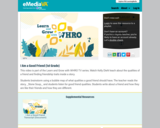
This video is part of the Learn and Grow with WHRO TV series. Watch Kelly Diehl teach about the qualities of a friend and finding friendship traits inside a story.

English Instructional Plan – Introducing Story Elements and Plot Grades K-1
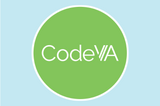
Students will use decomposition strategies to predict what will happen in a story based on the pictures through the use of the 5W and 1H question words. Students will identify the characters and setting of the story and make a prediction based on the information they gained from the images.These materials were created by CodeVA in partnership with George Mason University and were funded by the National Science Foundation under Grant Award #1837380
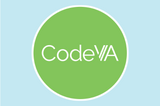
Students will build a program to retell a story. Students will include sequencing and debugging, abstraction, patterns, loops, and decomposition skills to effectively tell the story events and include essential story elements.These materials were created by CodeVA in partnership with George Mason University and were funded by the National Science Foundation under Grant Award #1837380
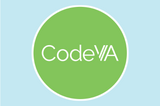
Students will sequence a story by connecting images from the beginning, middle, and end of the story on a grid board and write the algorithm to connect them in order. The arrows used to connect the beginning, middle, and end will construct an algorithm. Students will test their algorithm and debug if there are errors.These materials were created by CodeVA in partnership with George Mason University and were funded by the National Science Foundation under Grant Award #1837380